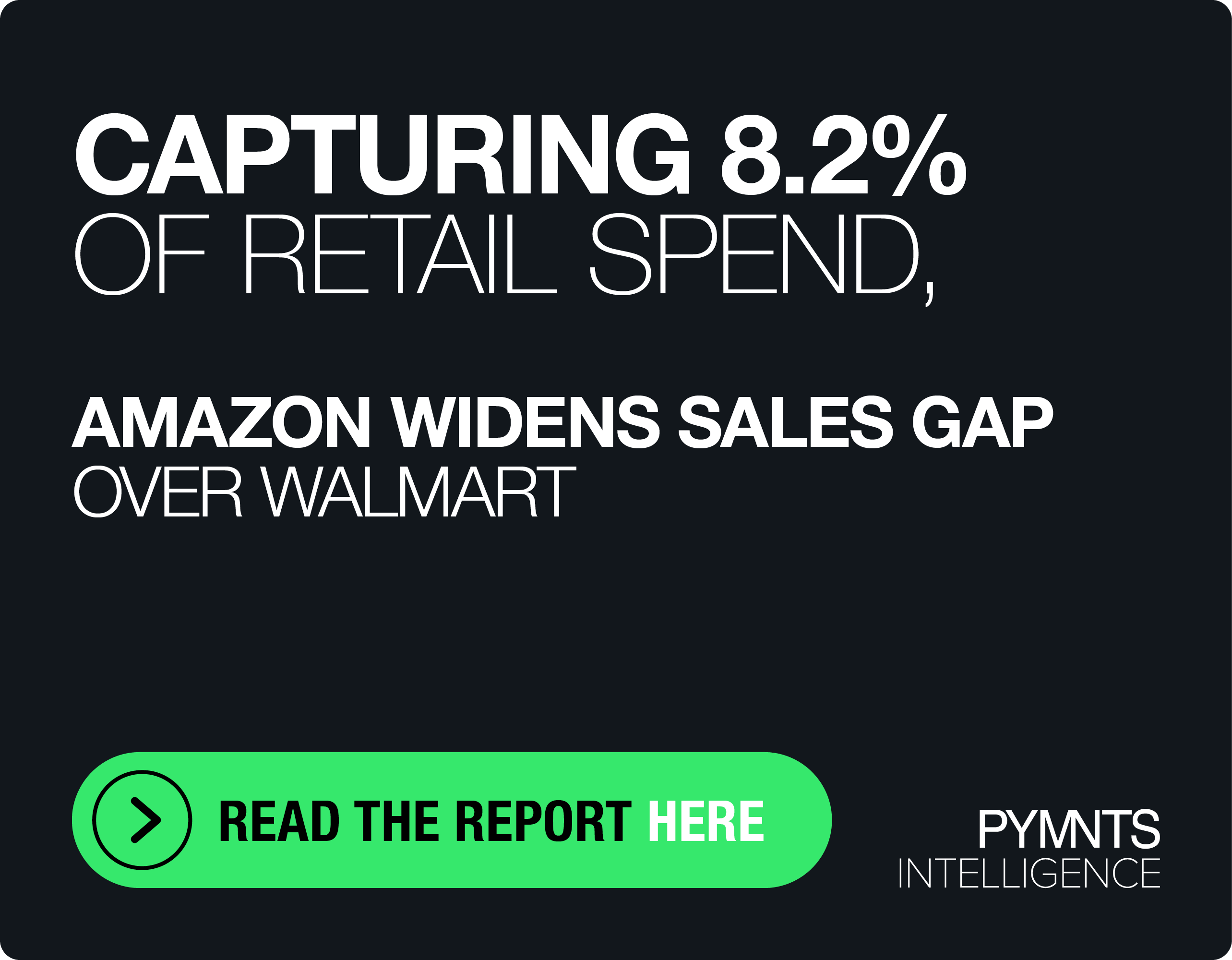PSCU: Digital And Analytics Offerings Will Accelerate In 2021

For credit unions (CUs), the digital trends that accelerated in 2020 amid the pandemic will gain even further traction this year.
In an interview with PYMNTS, Denise Stevens, senior vice president and chief product officer at PSCU, said contextual offers and predictive analytics will help CUs compete more effectively with larger, traditional financial institutions (FIs) — and cement member loyalty.
CU members, she noted, whether consumer or corporate, have learned to transfer everyday tasks into the virtual realm. With a nod toward the changing landscape in financial services, Stevens said, “In the past, we heavily relied on foot traffic, particularly at credit union branches.”
But as the pandemic hit home, she said, many CUs have had to take a step back and “double down” on the most important and pressing aspects of their digital strategies.
The digital trend, she continued, is one that will last — and one that CUs will have to adopt in order to compete more effectively with banks. Within that strategy lies the importance of embracing a comprehensive mobile offering that will give users a seamless, real-time experience.
The Trend Toward Mobile
“The trend toward mobile has grown exponentially,” she said.
Just a few years ago, consumers may have been hesitant to shop on their mobile devices, whereas now the experience is second nature.
Consumers, she said, have come to expect the ease of transacting and interacting with Uber and Amazon (to name just two companies) to translate into the banking sphere. Therein lies a challenge for CUs, she said.
“It’s not just a matter of ‘Hey, does it look nice?’” maintained Stevens, or whether there are fewer tasks involved in getting to the end result (such as making a payment). “It’s about whether I am proactively being provided a personalized experience in the background.”
To deliver that personalization, she told PYMNTS, CUs are increasingly deploying advanced technologies, such as artificial intelligence (AI) and machine learning, while consolidating products and services.
“We can provide them these services regardless of the channel that the member wants to interact with,” across brick-and-mortar, online or contactless payments, she added.
On the pivot to contactless payments, she said, consumers in the midst of a public health crisis are still unsure about touching terminals. They’ve been receptive to digital issuance options where they can (digitally) get their cards on their mobile devices to begin transacting before the physical plastic ever arrives.
For the moment, debit spending is on the upswing, as in the midst of an uncertain macroeconomic environment, users have a sense of control over their spending (armed with the knowledge of what’s in their checking account), as they stick to budgets.
Credit spending will eventually snap back, she predicted, and so CUs will have to be ready with digital-first offerings.
Data Analytics
Data analytics, she added, aids in predictive modeling, where banks can determine relevant offers for new services and products based on what consumers might need (or do) next. Among the most important use cases of predictive modeling, according to Stevens: customer retention.
“The analytics behind the scenes basically takes all of the membership base and starts to create ‘personas’ — determining what they might be likely need or buy,” she said. “They’re matched against other members that are almost ‘there,’ maybe not quite there yet. And then you figure out how to create the opportunity to move them to that perfect persona that ultimately satisfies the goal of loyalty to the credit union.”
No matter the setting, no matter the products and services being rolled out that serve the member wherever he or she wants to interact with the CU, security and speed of new innovations are critical drivers, she said.
Platforms such as PSCU’s cloud-native Lumin Digital help CUs plug into new initiatives that improve members’ experiences. She also pointed to PSCU’s recently announced Enhanced Fraud Services solution, which helps CUs focus on prioritizing and battling certain types of fraud.
“We built Enhanced Fraud Services specifically so that CUs would have an analyst, on a daily basis, holistically analyze the credit union’s fraud and risk initiatives,” she told PYMNTS. “So that way, we can customize the program specifically for the credit union based on a target demographic or based on how their members use their cards.”
